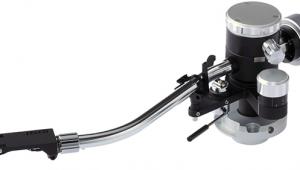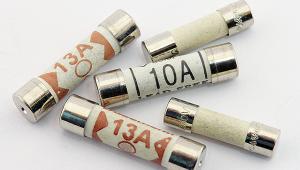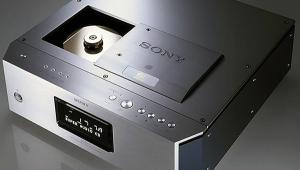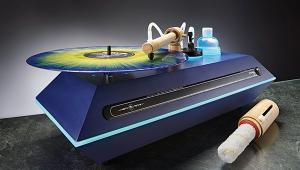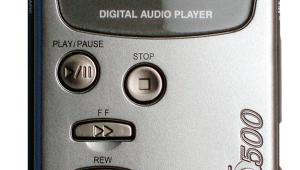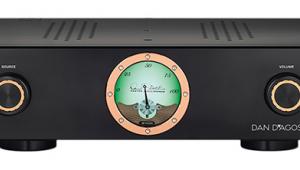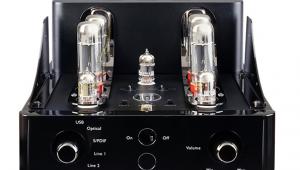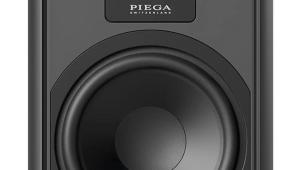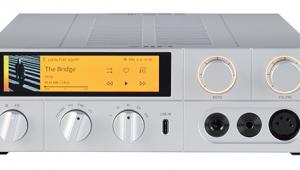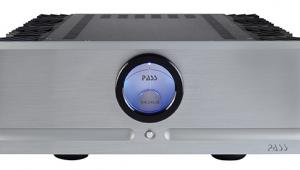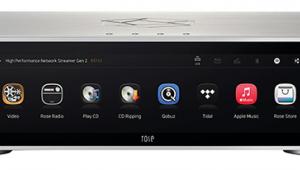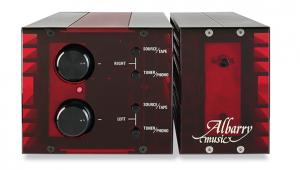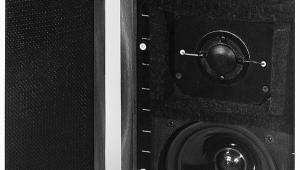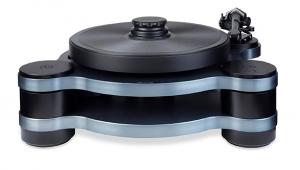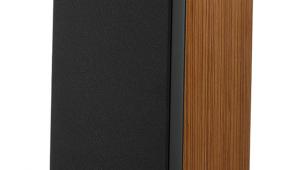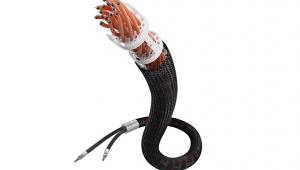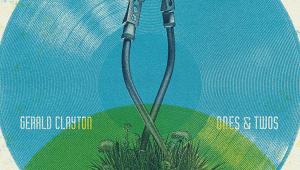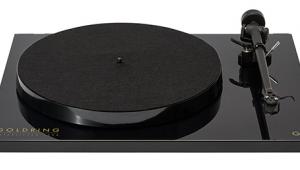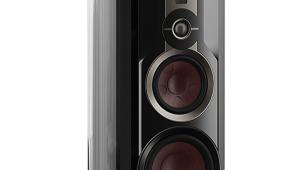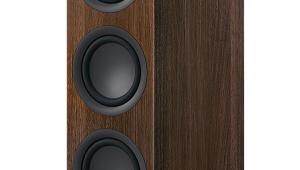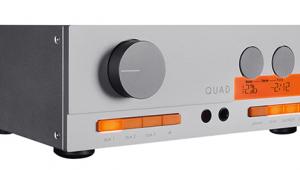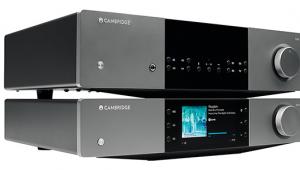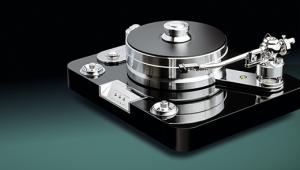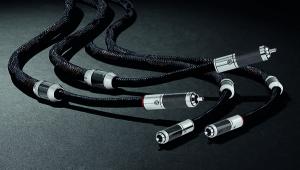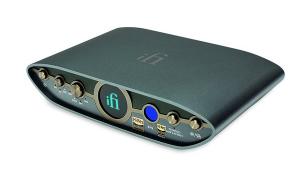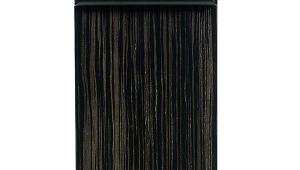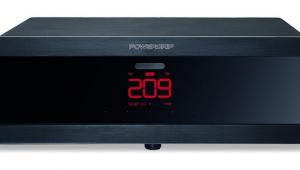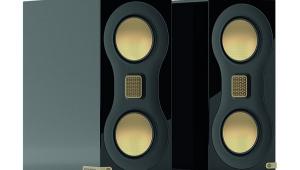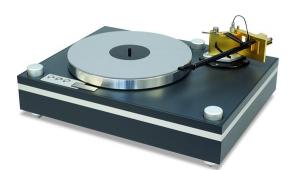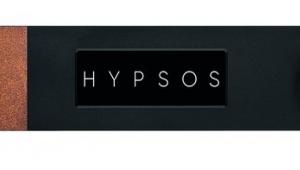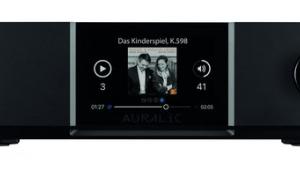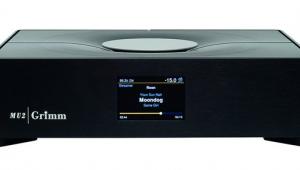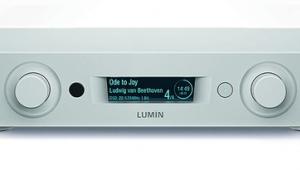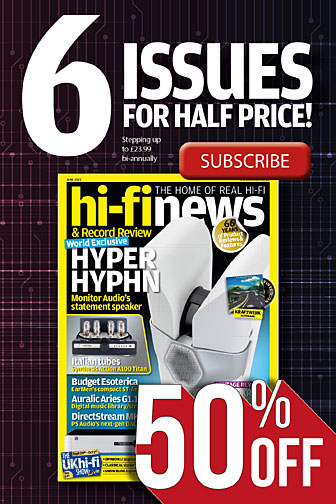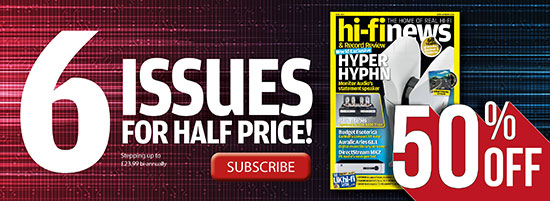Online radio

Like it or not, the future of radio is online, by Wi-Fi, wire, fibre or cellphone. Listening to Internet radio in homes, cars and on beach loungers is essentially free and easy. Virtually every streaming amplifier, computer, smartphone and tablet comes with some form of ’net radio reception. Broadband tariffs include all-you-can-eat or, at least, huge volumes of data. Yet my unhappy experiences with Internet radio have touched a nerve with several readers.
The big new issues are the stations’ choice of codec and data rate, and the receiver makers’ choice of Aggregator or Portal. Codec and data rate dictate audio quality; Aggregator/Portals, which collate and index the thousands of Internet radio stations around the world, control what listeners can listen to.
Tuning out
Some portals (eg, Reciva from electronics giant Qualcomm) have been abandoned, leaving linked receivers unable to receive anything. Others such as TuneIn have deliberately blocked stations in the US for copyright reasons. Upgrades can cause issues too: in mid-2023 the BBC switched from the old Shoutcast streaming system to HLS (HTTP Live Streaming, developed by Apple) and MPEG-DASH (Moving Pictures Expert Group’s Dynamic Adaptive Streaming over HTTP). Some older radios have stopped receiving BBC Sounds. It’s all a largely misunderstood monster mess.
When I wrote about my purchase of a new HEOS-equipped Marantz amp that stuck me with TuneIn, and lost me my favourite Californian jazz stations [HFN Oct ’24], reader Nick Willans shared his own ‘disappointment’ with HEOS/TuneIn because it wouldn’t play the Naim and Linn Classical and Jazz channels. So, like me, he had been looking for a separate non-TuneIn receiver, with a digital output to connect to a decent amp.
Nick finally discovered the Ocean Digital WR-10, on sale from Hong Kong via Amazon for around £300. This pulled in DAB and FM as well as Internet Radio using the Skytune portal which, after deep digging, I believe also hails from Hong Kong. Our reader ‘took a punt’, bought a WR-10 and it found all the stations he wanted. Despite a few niggles he was generally pleased with it.
I also tried to buy one. I could find no local dealers and literally minutes after ordering from Amazon UK for £319.03, Amazon cancelled the order, with no reason or explanation, and refunded my money. When I queried why, the seller, Piyale Ltd, explained: ‘We cancelled due to the intensity in the warehouse’.
Having no idea what this meant I emailed the manufacturer, Ocean, which advised, ‘If you are not in the US, we can ship it direct to UK via Amazon.com’ (the international site). I ordered one for £271.95. After several weeks I was given an estimated delivery date of nearly two months from the original order. And because Amazon delayed trying to take my money, my credit card company baulked and cancelled my card. I also baulked, cancelled the order and started looking for a local source.
Pleased to meet you
What I found was the similar-looking Audizio Trento, designed in Italy, made in China and sold in the UK by Audio Installations, of Stanford-le-Hope, Essex. Audizio also uses the Skytune portal and the technical specification for the Trento looks close to that for the Ocean Digital device. But the Audizio Trento’s cost is less, £164 with free delivery. I ordered late one evening and it arrived two days later.
I am now using the radio’s Ethernet socket and optical out into my Marantz amp to bypass TuneIn, and I’m listening to the US jazz stations that TuneIn won’t find. The Trento uses HLS/DASH so can receive BBC Radios 3 and 4 over the Internet as well as by DAB and FM. The display is small but adequate, and the sound is the best I’ve heard from 128kbps MP3. I am finally a happy bunny.
